At least Noah only had to move two animals at a time.
Not so for the Clark County Fair on animal swap day, when hundreds and hundreds of creatures — cows, horses, goats, sheep, pigs, chickens, turkeys, ducks, rabbits and even honeybees — flew, hopped or hoofed it from their stalls, were transported from the grounds, and replaced with an entirely new set of livestock.
Enlarge
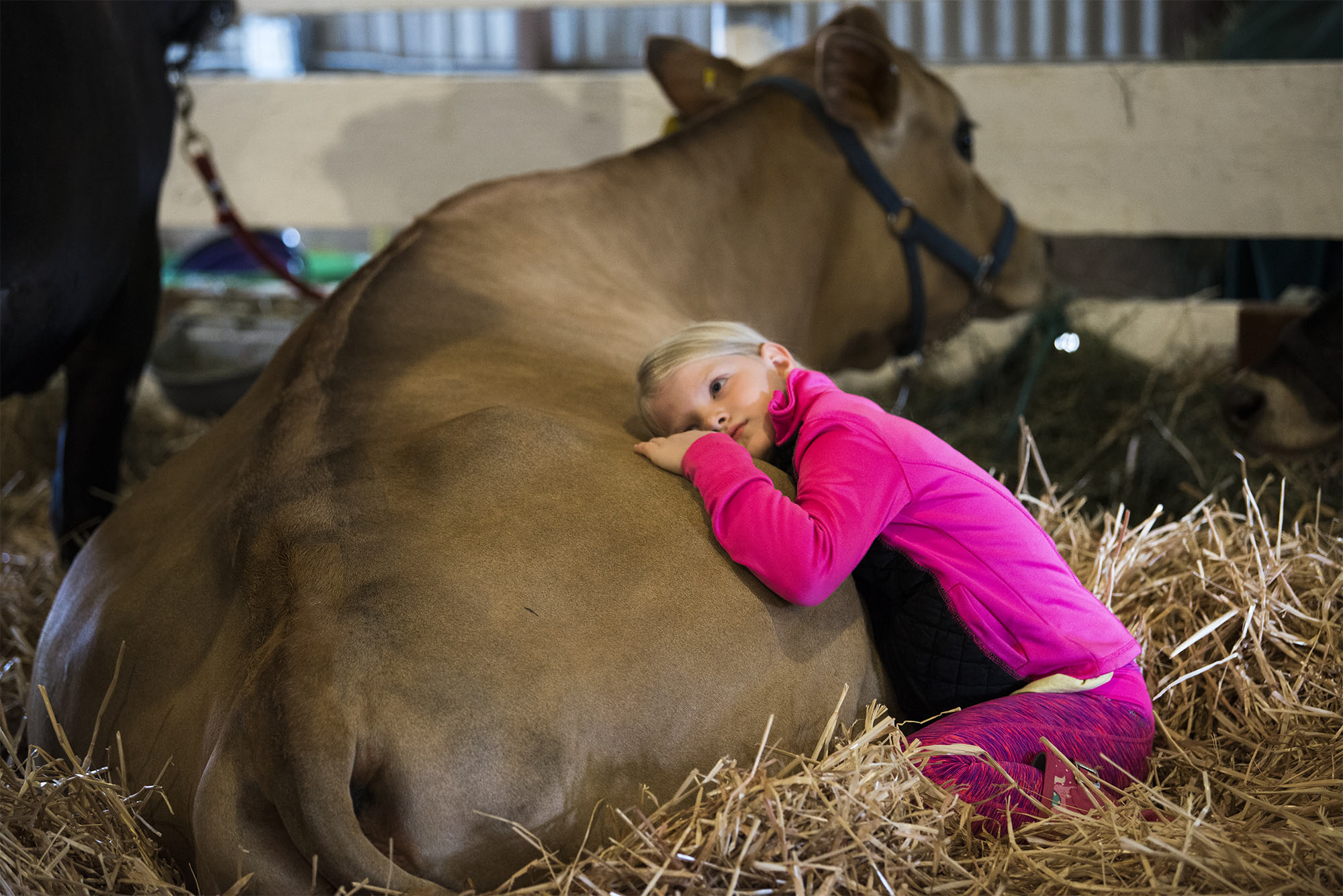
The ballet of organized chaos starts around 5 p.m. on Tuesday and lasts until doors open at 10 a.m. the next day.
It’s a master class in the art of staying out of everybody else’s way.
“We have these great plans,” sighed John Morrison, fair manager for his 10th and final year. He gestured to a trailer parked in the middle of a thoroughfare.
“And all of the sudden things become gridlocked because one person stops where they’re not supposed to.”
Around 1,500 people were on-site around 8 a.m. Wednesday. A sort of cheerful bedlam permeated the grounds as Morrison oversaw the changeover, zooming around the 58-acre fairgrounds on a golf car and putting out metaphorical fires before they started.
Enlarge
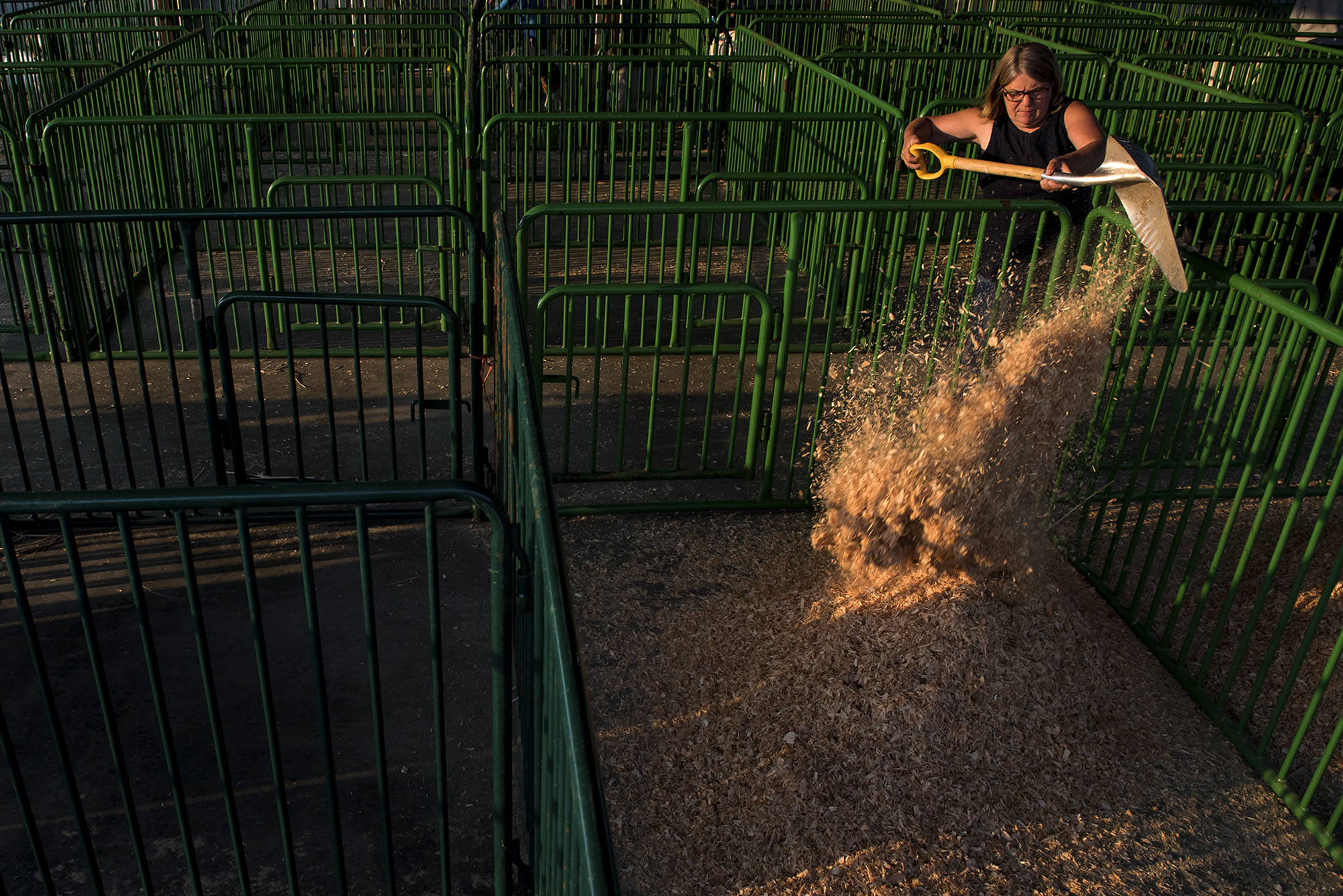
Despite the occasional hiccup or ill-parked trailer, the behind-the-scenes machinations of the Clark County Fair ran smoothly this year. It’s been hot, but no triple-digit temperatures. Chaotic, certainly, but (unlike last year) no loose cow made a break up the midway.
Animals are changed halfway through the fair for health and stress reasons, said Dr. Mary Ann Haggerty, the on-site veterinarian. Her goal, and the goal of the staff and volunteers who care for the animals, is to create a memorable experience for fairgoers while keeping their charges healthy and happy.
Enlarge
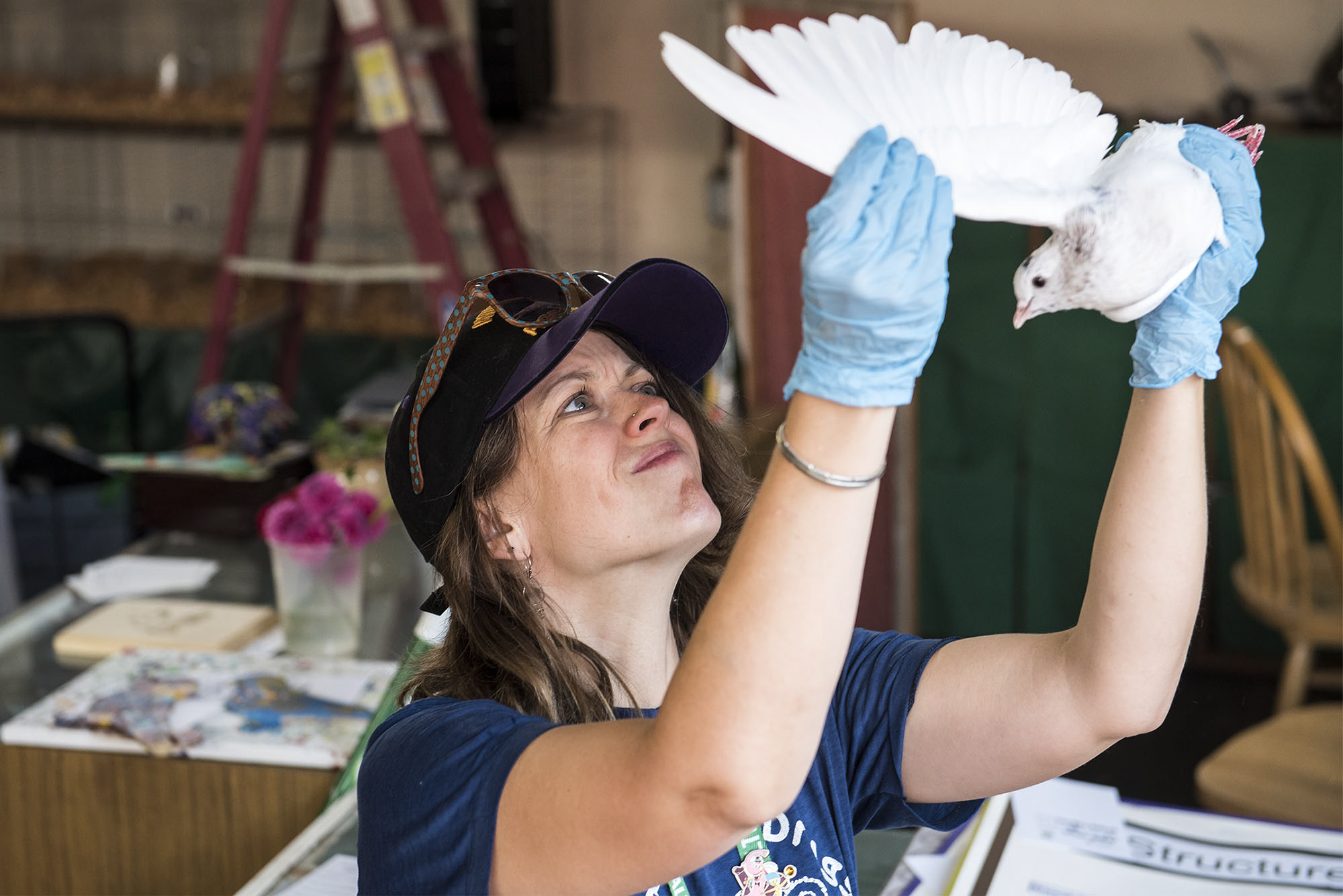
“There’s always going to be a certain amount of stress to fairs. There’s no way you’re going to get these animals together and not have an impact on the animals, but we try to minimize that,” Haggerty said.
Step one was getting the first set of animals out and packed away in their respective trailers. Then the cages were taken out, the barns and stalls scrubbed to prevent disease, and dividers reinstalled. All that happens overnight. Then it’s time for fresh hay and bedding, and then, finally, the new animals. Before they go in, they need to be weighed and inspected for any signs of poor health.
This year, Haggerty said she’s only had to send away one or two animals. “There’s much more of an emphasis on preventative care,” she said. “We talk to the supervisors and everybody about making sure the animals are well treated before they even get here.”
Enlarge
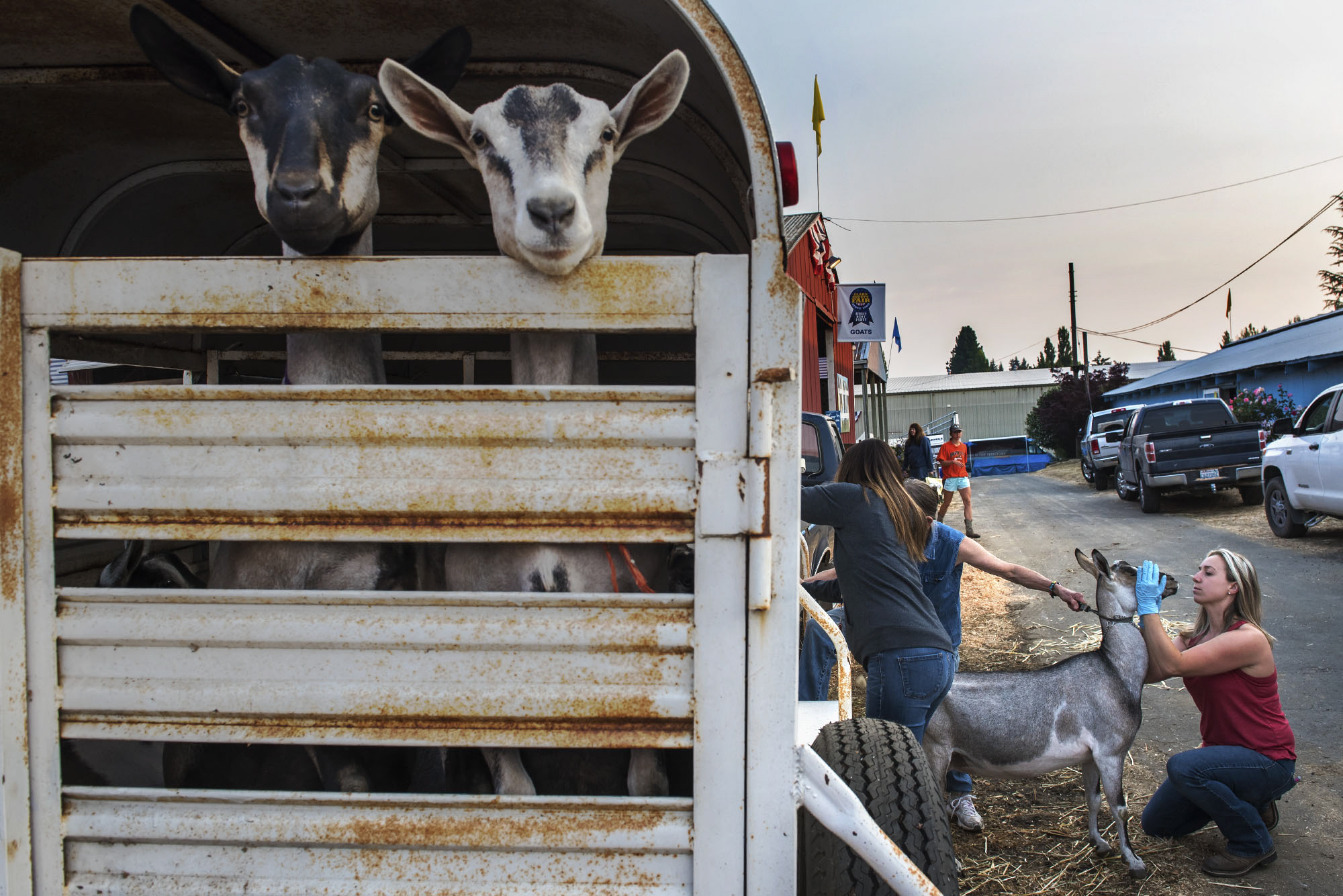
It’s the first time many of these species have ever interacted with one another, Morrison said, as a duck side-eyed a nearby pen of turkeys (likely thinking they were the ugliest ducks she’d ever seen).
But over the din of quacks, gobbles and oinks, handlers were confident they could pull it off.
“It’s a hot mess, isn’t it?” laughed fair staffer Roxanne Martin. “It’s amazing. In two hours, it’ll be all done.”
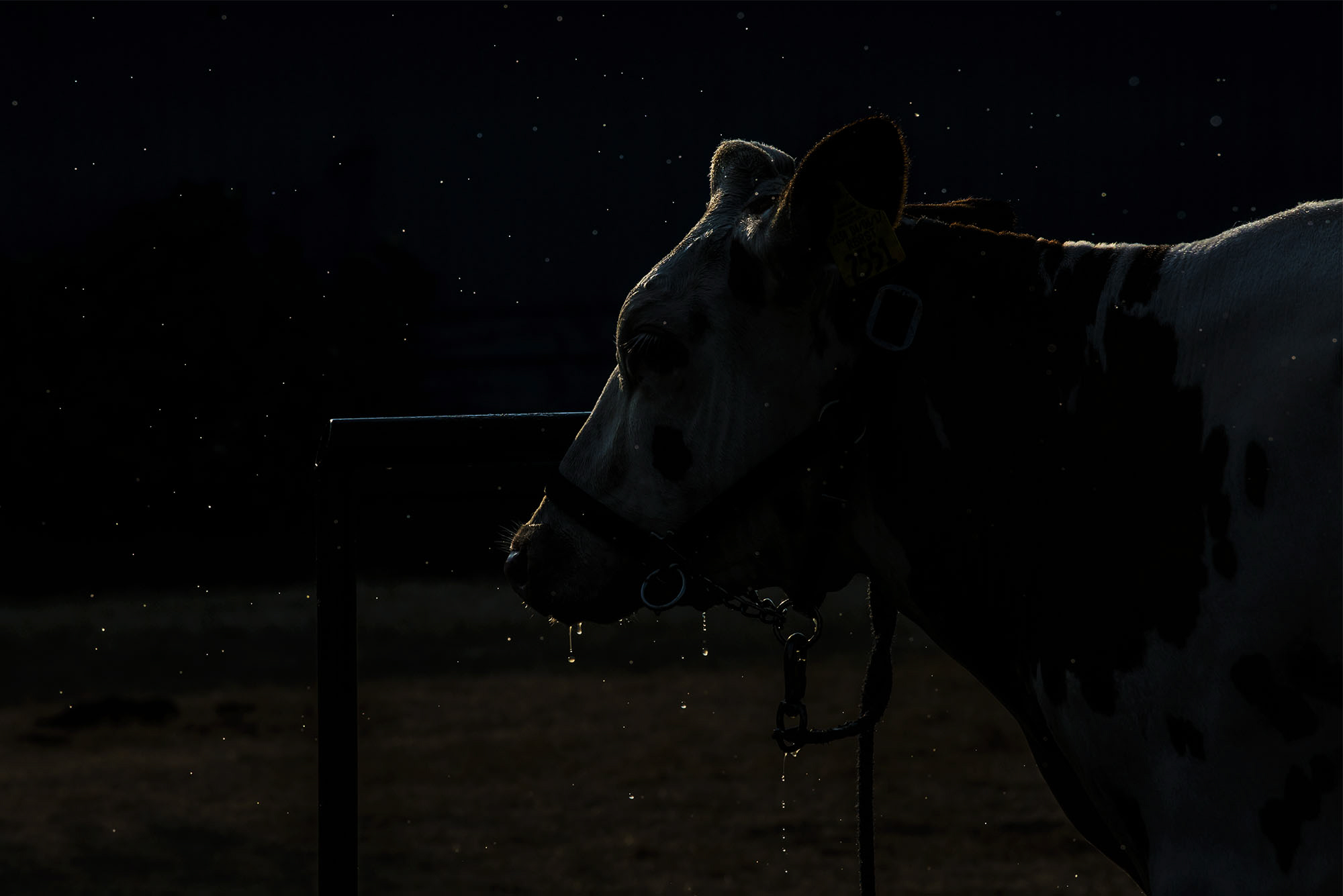
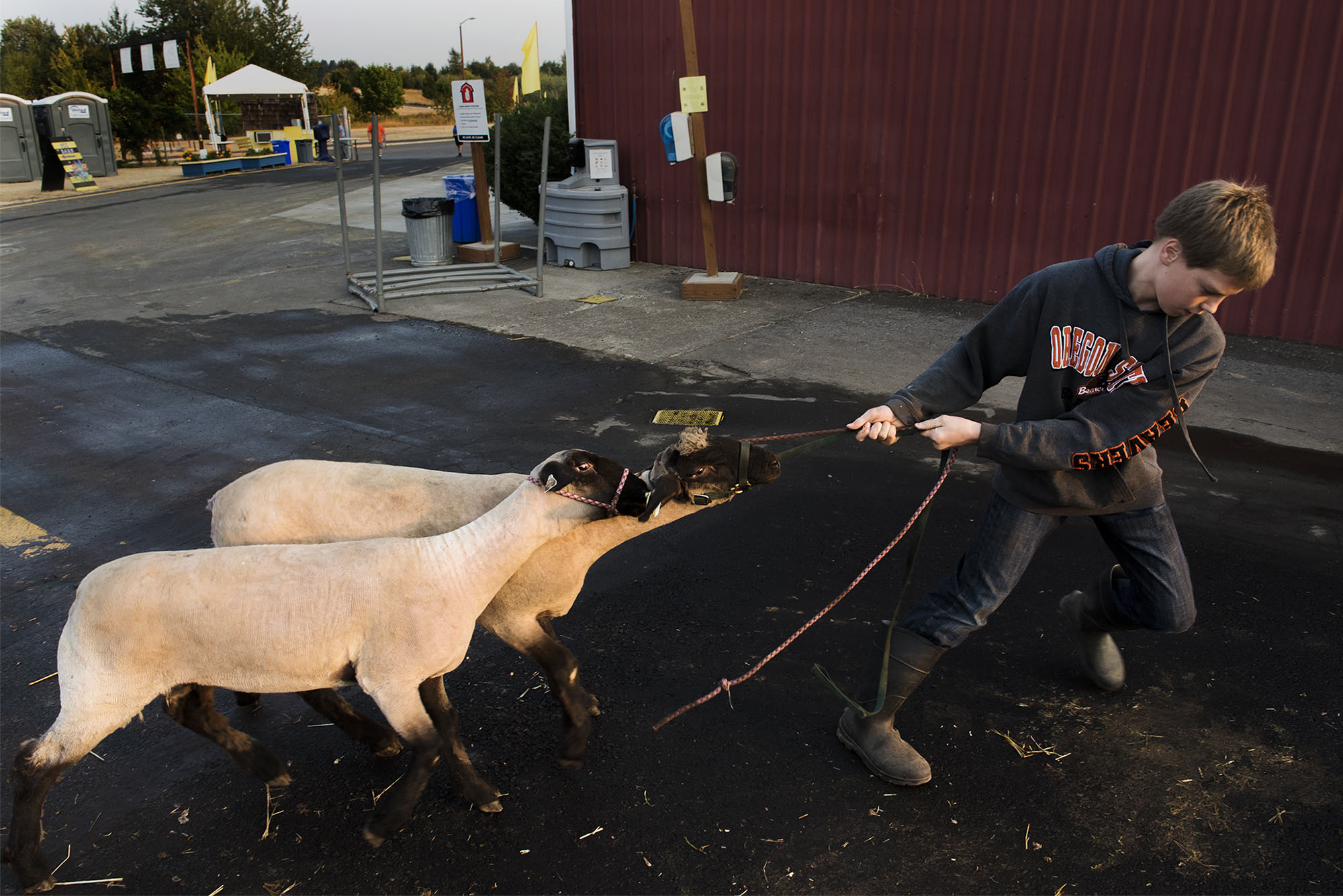
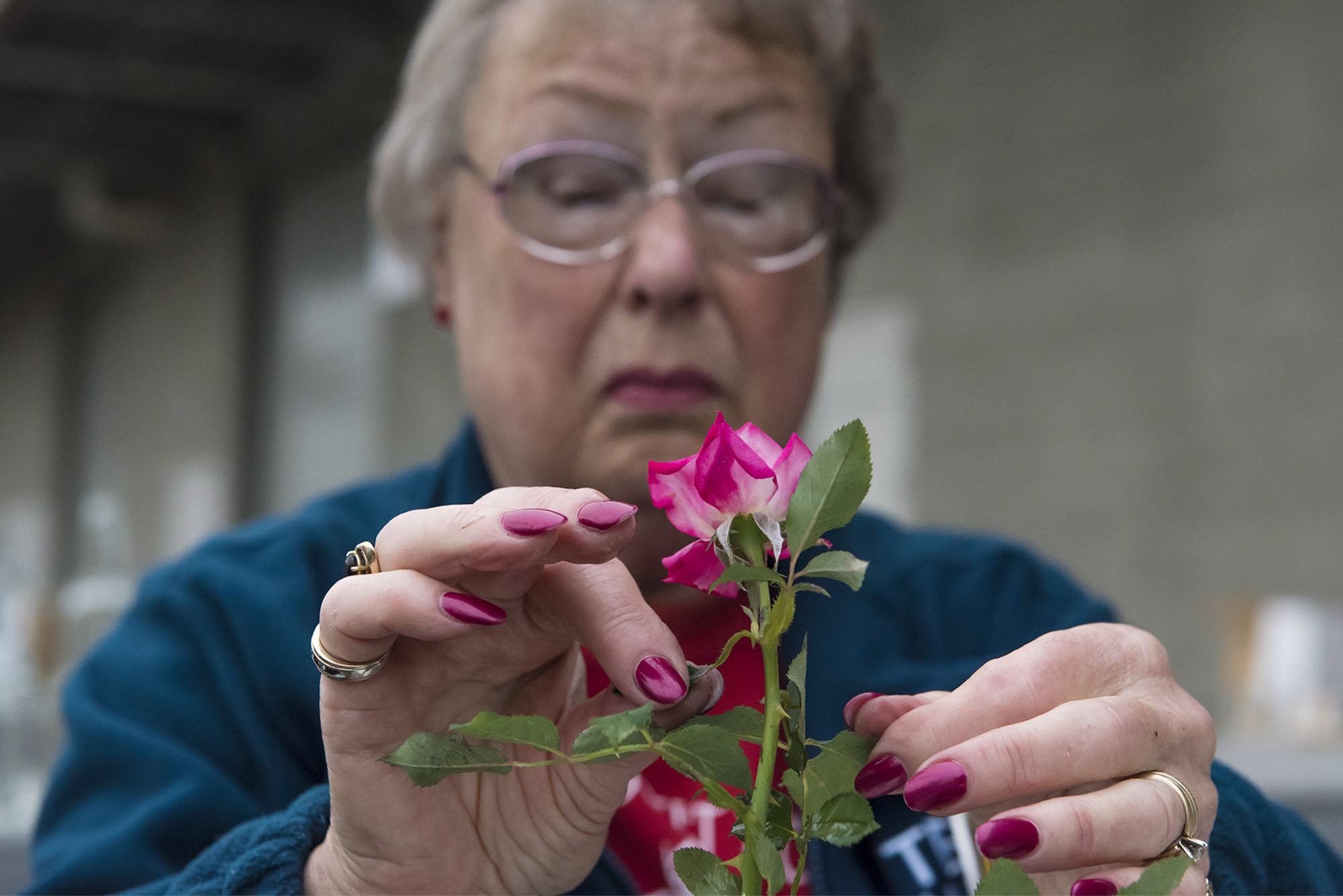
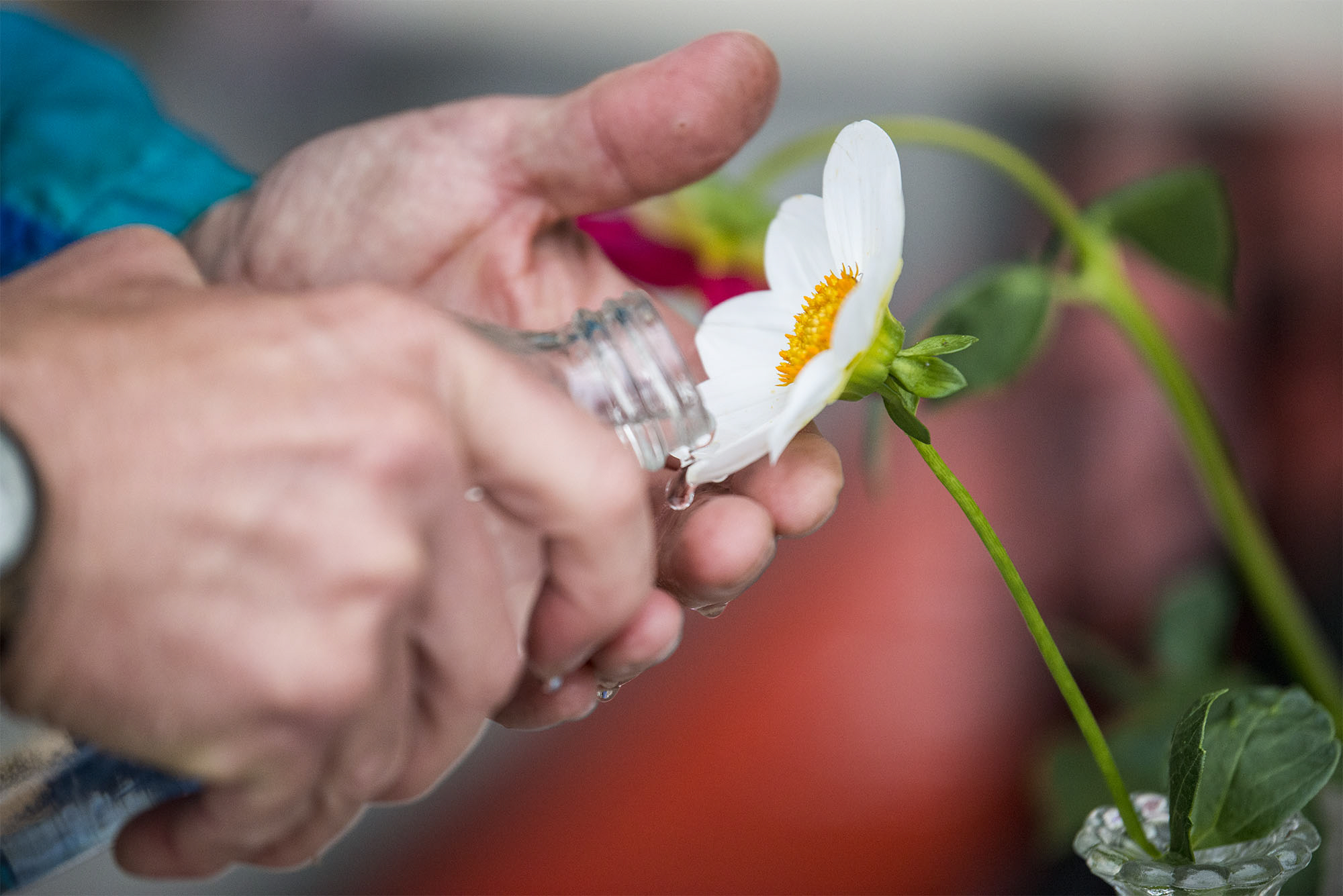
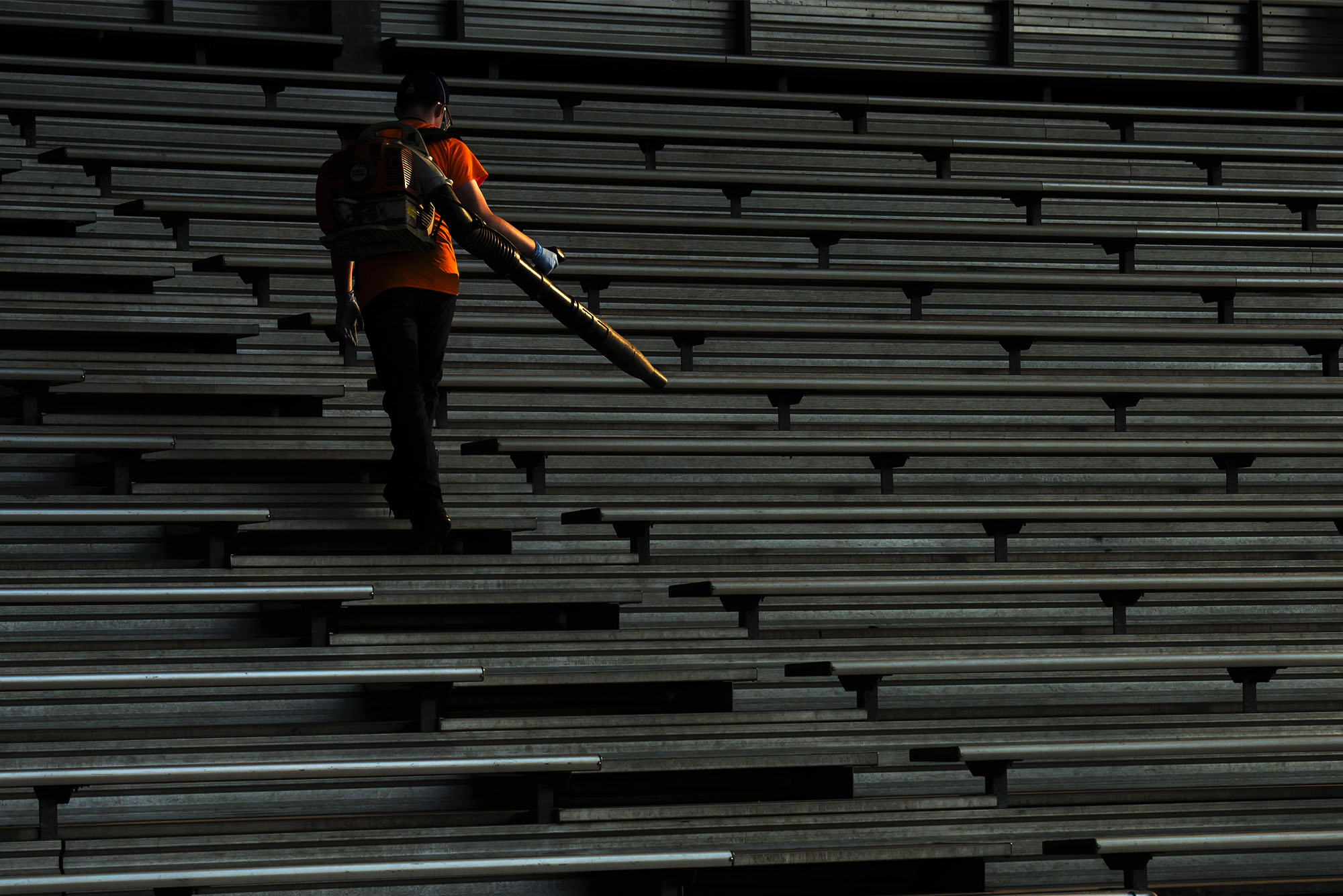
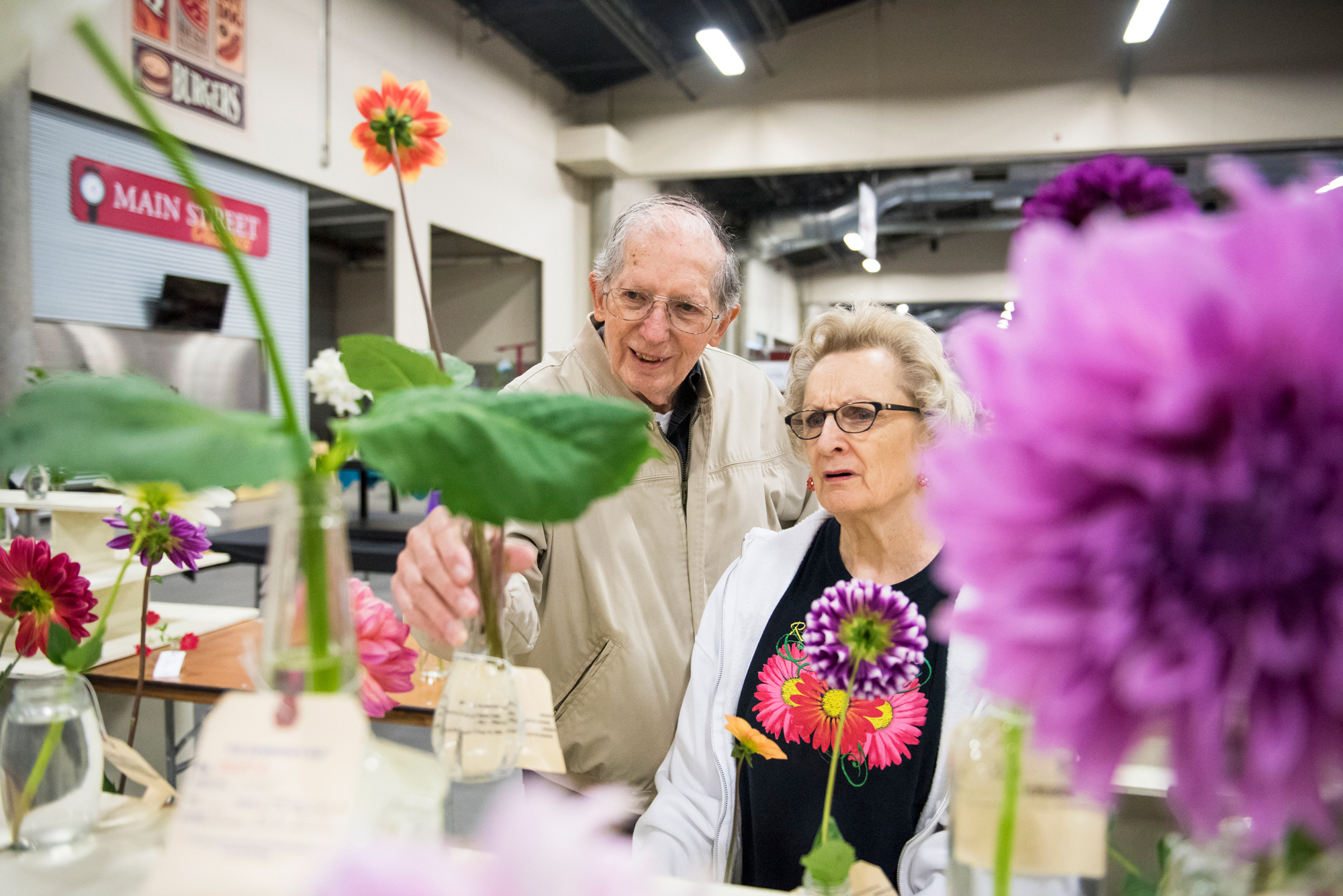


Calley Hair: 360-735-4558; calley.hair@columbian.com. Twitter: twitter.com/calleynhair